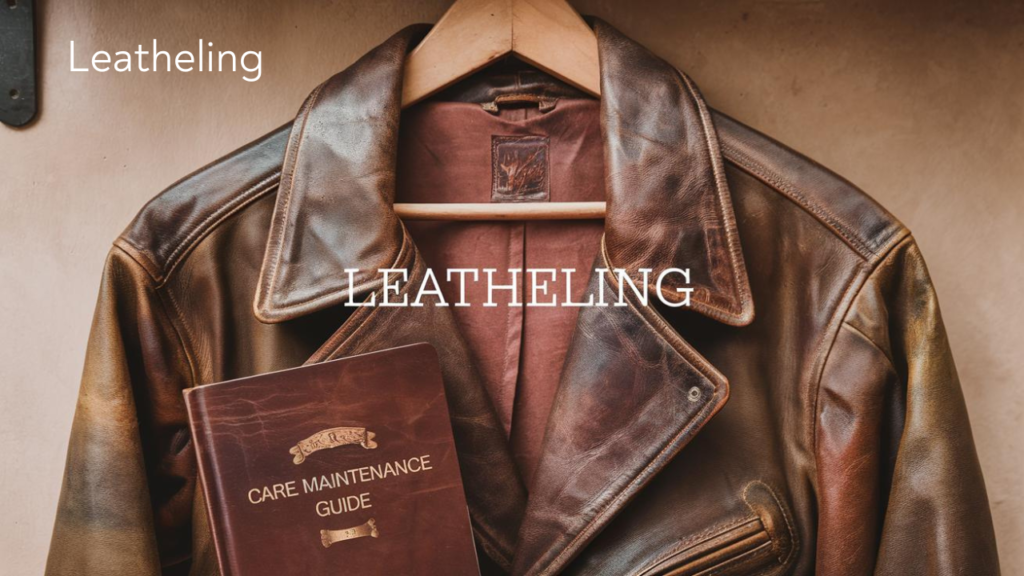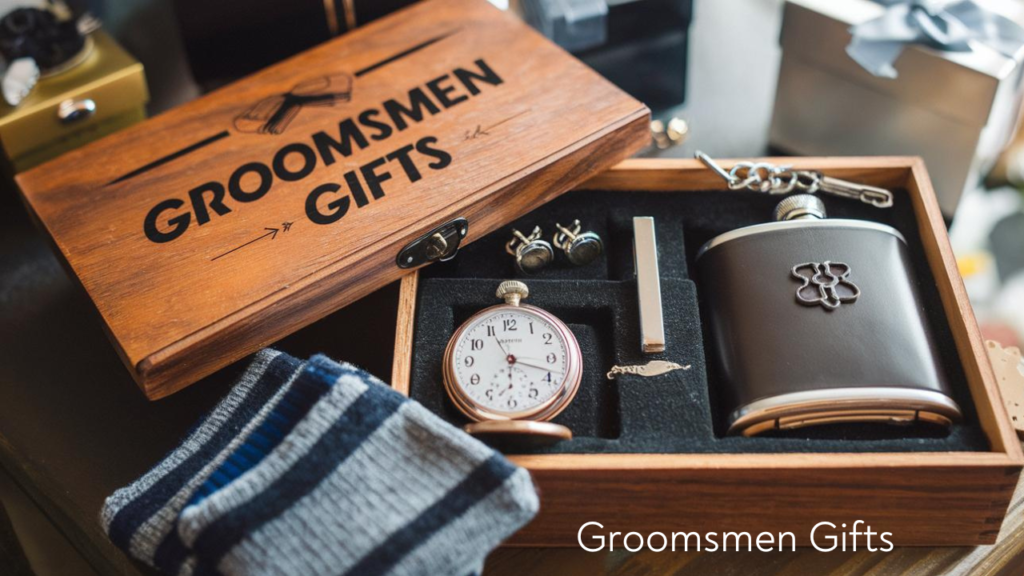Introduction: What Is Leatheling?
Leather has long been a symbol of luxury, durability, and timeless style. From jackets to shoes, bags to furniture, leather goods are a prized possession for many. However, owning leather comes with the responsibility of proper care to keep it looking fresh and beautiful for years. This is where “Leatheling” comes into play. But what exactly is Leatheling, and why is it important for your leather items?
Leatheling refers to the comprehensive process of cleaning, conditioning, and maintaining leather items to extend their lifespan and preserve their appearance. Whether you’re a first-time leather owner or a seasoned collector, learning the essentials of Leatheling is crucial to keeping your leather goods in pristine condition.
In this article, we’ll explore the meaning of Leatheling, dive into the best practices for cleaning and maintaining leather, and answer some frequently asked questions about leather care.
The Basics of Leatheling
Leatheling is not just a single task but rather a series of steps that, when done properly, ensures the longevity of your leather goods. Let’s break down the basic components of Leatheling.
1. Cleaning Your Leather
Before conditioning or treating leather, cleaning is the first and most important step. Dirt, dust, and grime can accumulate on leather over time, making it look dull and worn out.
Why Is Leather Cleaning Important?
Cleaning leather prevents permanent stains and buildup, which can damage the material over time. Regular cleaning ensures that your leather retains its color, texture, and overall appearance.
Steps for Cleaning Leather:
- Dust the Leather: Use a soft, dry cloth to gently wipe off dust and dirt from the surface of the leather.
- Use a Leather Cleaner: Choose a leather-specific cleaner or a mild soap solution. Apply a small amount to a soft cloth and gently rub the leather in circular motions.
- Wipe Off Excess Cleaner: After cleaning, wipe the surface with a damp cloth to remove any leftover cleaner. Avoid soaking the leather, as excessive water can cause damage.
- Air Dry the Leather: Let the leather air dry naturally in a cool, shaded area. Avoid direct sunlight or heat, as it can cause the leather to crack or fade.
2. Conditioning Leather for Longevity
Leather, like skin, can dry out over time. Conditioning replenishes the natural oils in the leather, preventing it from becoming brittle and cracked.
How Often Should You Condition Leather?
The frequency of conditioning depends on how often you use the leather item. For frequently used items like jackets or shoes, conditioning every 3-6 months is recommended. For less-used items like furniture, once a year may suffice.
Steps for Conditioning Leather:
- Choose the Right Conditioner: Use a high-quality leather conditioner that matches the type of leather you have (e.g., full-grain, suede, or nubuck).
- Apply a Small Amount: A little conditioner goes a long way. Apply a small amount onto a soft cloth.
- Rub Gently: Work the conditioner into the leather using circular motions. Pay extra attention to areas that receive the most wear.
- Let It Absorb: Allow the leather to absorb the conditioner for several hours or overnight. This helps restore the leather’s natural oils and keeps it supple.
3. Protecting Leather from Environmental Damage
Leather is susceptible to damage from sunlight, water, and extreme temperatures. Proper protection helps maintain its natural beauty and prevent deterioration.
How to Protect Leather:
- Use a Leather Protector: Leather protectors, often in the form of sprays, create a protective barrier against water and stains.
- Store Leather Properly: When not in use, store leather items in a cool, dry place. Avoid plastic bags, as they can trap moisture.
- Avoid Direct Sunlight: Prolonged exposure to sunlight can fade the color of leather and cause it to dry out. Keep leather items away from windows or sunny areas.
Understanding Different Types of Leather
Leather comes in various types, each requiring a unique approach to care and maintenance. Let’s explore the most common types of leather and how to handle them during the Leatheling process.
1. Full-Grain Leather
Full-grain leather is the highest quality and most durable type of leather. It retains the outermost layer of the hide, giving it a rich texture and natural look.
- Care Tip: Full-grain leather requires regular conditioning to keep it soft and supple. Clean with a mild leather cleaner and condition every 3-6 months.
2. Suede Leather
Suede is a type of leather with a napped finish, making it softer and more delicate than full-grain leather.
- Care Tip: Use a suede brush to remove dirt and scuffs. Avoid using water or liquid cleaners on suede, as it can damage the texture.
3. Nubuck Leather
Nubuck leather is similar to suede but has a finer, velvety finish. It’s more resistant to wear but still requires careful attention.
- Care Tip: Use a nubuck cleaner and avoid exposing the leather to moisture. Regularly brush to maintain the softness.
Common Mistakes to Avoid in Leatheling
While caring for leather may seem straightforward, there are several common mistakes that can damage your items. Here are some pitfalls to avoid.
1. Over-Cleaning
Cleaning leather too often can strip away its natural oils, causing it to dry out and crack.
- Tip: Only clean leather when necessary, and always follow up with conditioning to restore moisture.
2. Using Harsh Chemicals
Many household cleaners contain chemicals that can ruin leather’s surface.
- Tip: Always use cleaners specifically designed for leather to avoid discoloration or damage.
3. Storing Leather in Plastic
Storing leather in plastic bags can trap moisture and lead to mold growth.
- Tip: Store leather items in breathable fabric covers or cotton bags.
Frequently Asked Questions About Leatheling
1. What is Leatheling?
Leatheling is the process of cleaning, conditioning, and maintaining leather goods to ensure their longevity and appearance.
2. How often should I clean my leather items?
Leather items should be cleaned based on their use. Regularly used items like shoes or jackets may need cleaning every 3-6 months, while less-used items like furniture can be cleaned annually.
3. Can I use water to clean leather?
While a damp cloth can be used for wiping leather, avoid soaking it in water. Excess water can cause leather to become stiff or damaged.
4. How do I prevent leather from cracking?
To prevent leather from cracking, regularly condition it with a leather conditioner that replenishes the natural oils in the material.
5. What is the best way to store leather items?
Leather should be stored in a cool, dry place away from direct sunlight. Use breathable covers or cotton bags for storage to prevent moisture buildup.
Conclusion: Mastering Leatheling for Long-Lasting Leather
Leatheling is an essential practice for anyone who owns leather goods. Whether it’s a jacket, a pair of boots, or a luxurious piece of furniture, proper care and maintenance are crucial to preserving the quality and appearance of your leather items. By following the steps outlined in this guide—cleaning, conditioning, and protecting—you can ensure your leather products remain as beautiful and durable as the day you bought them.
Investing time and effort into Leatheling will pay off in the long run, giving you the confidence that your leather goods will continue to serve you well for years to come.



